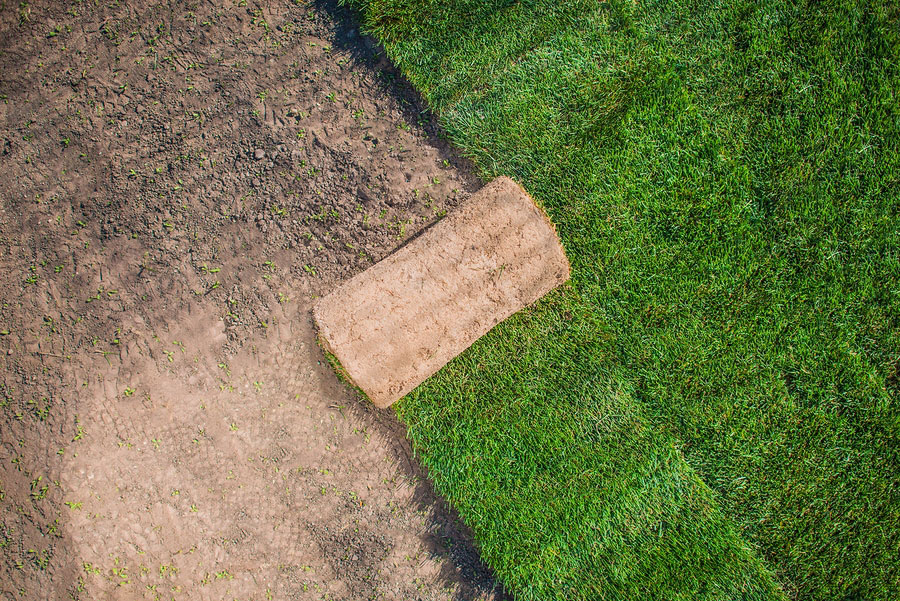If you live in the sunny South, you know the importance of having a healthy, hardy lawn. This may involve re-sodding in the spring to establish a thick, dense cover by summer time.
Four popular sod options in the Carolinas are:
Deep, dense turf:
St. Augustine grass is perfect for homes in the Carolinas, as it grows thick and hardy during the long, warm summer. St. Augustine brings a cool, blue-green color to lawns and greenspaces, becoming dormant during winter months. This type of sod is best in areas that get between four and six hours of sun each day, and it is shade-tolerant, which makes it a great all-over cover. St. Augustine requires monthly fertilization to thrive, and you may need to check your soil: soil with a high Ph could require additional nutrients for your sod to prosper.
Asian-inspired lawns:
Zoysia originated in Asia and is sought for its lush, thick appearance. Zoysia grass grows assertively during the mild spring and hot summer temperatures, becoming dormant following the first frost. Zoysia does best in full-sun or partial shade and can become a bit scraggly when planted in too much shade. This sod doesn’t spread fast, but will grow high when fertilized regularly, mowed weekly, and maintained consistently.
High-end greenspaces:
Bermuda grass is not the cheapest sods out there, but it is one of the most aesthetically-appealing. Many municipalities and businesses choose Bermuda grass for its vigorous growth, rich green color, and fine texture. It is seen widely on golf courses, athletic fields, and parks – as it is tough and holds up to the wear and tear of sporting events and activities. Bermuda grass is drought-tolerant and can stand the salt of being used on coastal spaces.
‘Poor Man’s Grass’:
Centipede grass is often used in spaces that don’t get a lot of attention regularly; it grows short, so mowing is not a big issue. Centipede is sometimes seen in places like athletic fields or cemeteries. You don’t need to worry about fertilizing this sod, and the bright green color is cheery and healthy-looking. Centipede does best in acidic soil that is well-drained, with infrequent watering. Let your Centipede grass have time between watering to dry-out to avoid shallow, weak roots.
Living in the southern United States, you have a longer grow-season and your sod will be lush longer than other climates. Make the most of this by investing in top-quality sod for your yard, lawn, and greenspaces to enhance, elevate, and improve overall curb appeal of the property.
When you are ready to re-sod your property for spring, choose a high-end landscape services company near Charleston. Natural Tendencies Landscape Professionals can help you select the best sod for your distinct needs, lawns, and budget, while making it easy for you to sustain beautiful greenspaces all season long.

